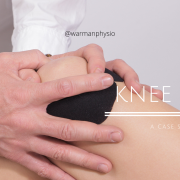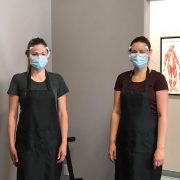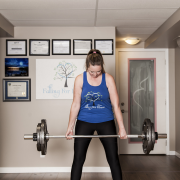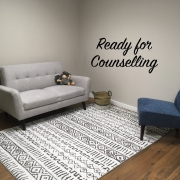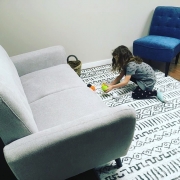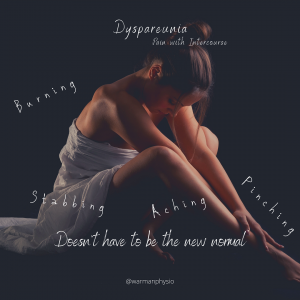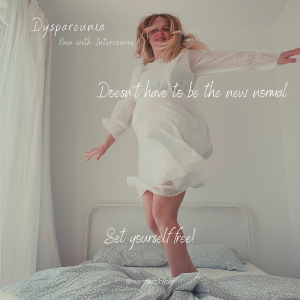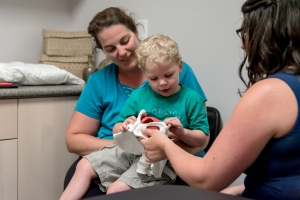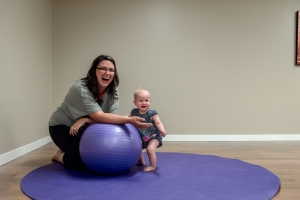Pelvic floor physiotherapists are physios who have had additional training to perform external and internal pelvic exams in order to treat a variety of pelvic floor disorders. Among those disorders include some that pertain to the dysfunction of the bowel – your behind. These anorectal disorders may include
- Leaking of stool from the rectum (fecal incontinence)
- Inability to control flatulence (being unable to hold back a fart)
- Chronic constipation
- OASIS (obstetric anal sphincter injuries) which include 3rd or 4th degree perineal tears sustained during labour and delivery, rectocele, rectal prolapse, and pain disorders of the anus
There is something we can do to help!
Fecal incontinence refers to the uncontrolled passage of fecal material (aka poop) in individuals who are 4 years old or older. There can be various reasons why fecal incontinence may be present. There may be damage to the internal or external anal sphincters during OASIS. Radiation therapy for certain pelvic cancers may have reduced the ability of the rectum to stretch contributing to incontinence, stool consistency may be too liquid making it difficult for the sphincters to stop the feces from exiting the anus (possibly due to partial bowel resection surgery due to various medical conditions. Food intolerances/poor diet may also cause stool consistency to be too loose. There may be some weakness in the external anal sphincter muscle or the puborectalis portion of the levator ani muscle (the main pelvic floor muscle group) contributing to leakage of stool.
Some leakage can be due to nerve disorders (example multiple sclerosis). Sometimes even chronic constipation can be a source of loose stools leading to fecal incontinence!
What does it mean to have a 3rd or 4th degree tear during labour and delivery?
A 3rd degree tear is a tear into the external anal sphincter and a 4th degree tear includes tearing into the internal anal sphincter. These two sphincters are what control the exit of the stool and gas out at the anus from the rectum. When there is a tear in the sphincters, the scar tissue that forms from the injury may cause problems. Common issues to these injuries include having pain during bowel movements and it can contribute to constipation. There can also be low tone of the IAS or EAS (internal or external sphincters) or weakness of the external anal sphincter that may cause fecal incontinence or difficulty with controlling an unwanted fart. Fecal urgency can also be a symptom following 3rd or 4th degree vaginal tears.
Even if there is no bowel dysfunction in the post partum period following labour and delivery with a 3rd or 4th degree tear, having a pelvic floor physiotherapist examine the pelvic floor and provide an individualized home exercise program to optimize the scar tissue mobility, pelvic floor mobility and strength, and provide education on optimization of defecation strategies. This can be very helpful as sometimes occult injuries (meaning those without obvious injury to the anal sphincters) are present. They could result in symptoms like fecal urgency and loss of control of farting or fecal incontinence later in life (post menopausal).
Proactive treatment can be beneficial in these cases!
Chronic constipation is often characterized by:
- having a bowel movement less than 3 days/week
- and/or a stool consistency on the Bristol Stool Chart of Type 1 or Type 2
- history of very large bowel movements (plugging the toilet for instance)
A pelvic floor physiotherapist can be helpful in providing various strategies to assist with the evacuation of the bowels. Some basic recommendations may include:

- general advice on fibre and fluid intake recommendations for optimal stool consistency
- activity recommendations
- manual therapy techniques to assist with motility of the stool through the rectum
- education on various physical evacuation strategies
- breathing techniques to assist with optimal bowel evacuation
- minimization/elimination of straining
For those suffering from prolapse, a physiotherapist can help by teaching optimal defecation techniques to reduce strain to the area, thereby reducing strain to the tissues. There may also be too much tension in the pelvic floor muscles or there may be scar tissue present from obstetrical or other surgical injuries which can lead to pain in the pelvic floor or anus with or without having a poop.
Struggling? Book online with a physiotherapist today in Warman at Warman Physiotherapy & Wellness or Saskatoon, at Warman Physio Saskatoon. Don’t see a spot that works? Add yourself to the waitlist! You can even select if you have a therapist, location, and day/time preferences!
This post was created by Maja Stroh MPT and pelvic health physiotherapist at Warman Physiotherapy & Wellness


